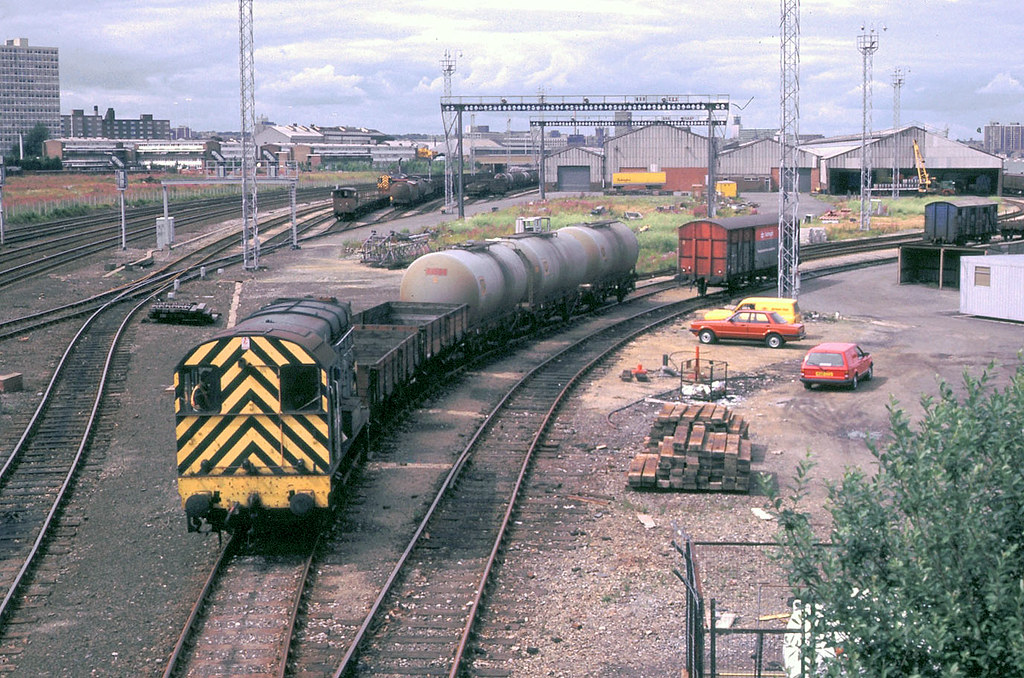xotGD
Established Member
- Joined
- 4 Feb 2017
- Messages
- 6,087
Which rail facility has or had the initialisation TCFD?
Cardiff Canton?Which rail facility has or had the initialisation TCFD?
You are about 250 miles from the answer!Cardiff Canton?
You are along the right lines with most of the words, but you need to keep heading northwards...Toton Centre Freight Depot possibly - so Toton?
Keep heading north...Tinsley Centre Freight Depot?
Almost there - there is a clue in my username...Tees Centre Freight Depot? (I'm running out of places beginning with "T"!)
That's close enough: Tyneside Central Freight Depot.I'll try Tyne Centre Freight Depot
However, I'll defer to EbbwJunction1 if it's right, as he did most of the hard work.

Grimsby and Immingham light railway should read electric
They were some of the stations on the Grimsby and Immingham Electric Railway. Kiln Lane was at the last passing loop (№8) on the single line section, whilst Cleveland bridge and Stortford Street were towards the Grimsby end
Before the Reseau Breton was rationalised in the 1960's, when it was part converted to standard gauge and part closed, the section between Guingamp and Paimpol was converted to dual gauge - a third rail was laid outside the metre gauge by two track gangs, when they met, probably words which never appeared in a French phrase book were used. What had they done and how was the situation sorted
Was it anything to do with passenger trains hauled by horses while freight trains had engines so accidents could be fatal ?
To do with individual "carriers" using horse-hauled rail vehicles on the S & D's line: money earned per distance travelled -- everyone thus engaged, wanted to be on the move and earning more cash; not stopped at a passing loop and not doing so, or going in reverse to the last loop and, ditto; hence much quarrelling and friction -- sometimes getting "physical" -- between different "carriers"?
"- passenger trains were superior to locomotive hauled coal trains
- locomotive hauled trains were superior to horse drawn trains and
- trains in the downhill direction needed to yield to trains of the same class (going uphill)"
Are we talking the West Somerset Mineral Railway ?
Is it ‘Gordon Petit’?What name was 4 Vep 3417 given ?
